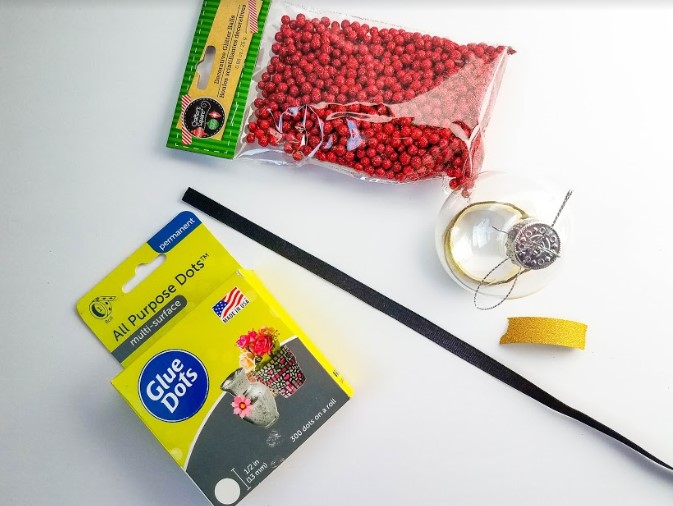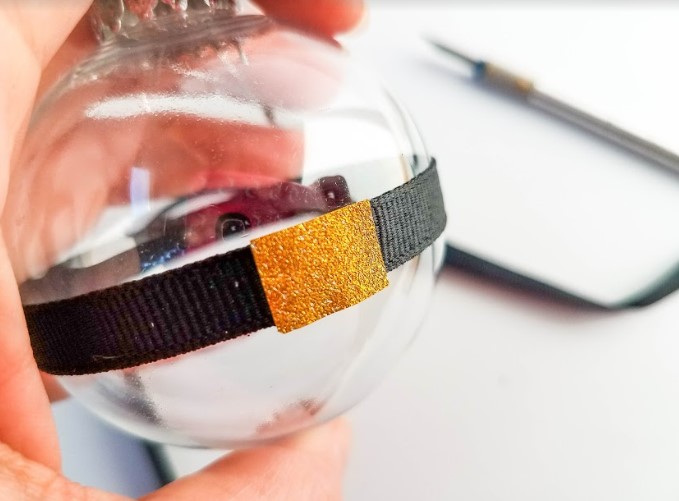Everyone wants to keep the new car smell in their car as long as possible, right? I mean there’s not many things that are better – but what do you do when well, it gets a little funky? Here’s a look at 5 common causes of car odors and how you can remove them.
 This post is sponsored by Falls Motor City
This post is sponsored by Falls Motor City
1. How to Check for Hidden Odors
I call this the “Mom nose” – you check around the car to see if maybe there is something in the car that is causing the smell. Look under the seats, floor mats, glove compartment, the trunk. It could be an old baby bottle, or milk container (those are the WORST) moldy fruit, forgotten lunch or snack bags or something spilled on the floor. Be sure to throw away the culprit asap, and clean! Also remember, sometimes weird smells can come from the car itself, which may mean you need to get it into the body shop. It could be an issue with overheating, or maybe you need an oil change.
2. How to Clean Car Carpet and Upholstery
If you can’t find the source of the stink, most likely you need to pull out the vacuum and steam cleaner! A lot of the time (and I know from experience) that the stink can be trapped in the upholstery, carpet or fabric interior of your car. Vacuum in every crevice using an upholstery attachment , and if that doesn’t seem to do it, break out the steam cleaner. There are car cleaning tools you can buy to attach to your current cleaner, or buy a small steam cleaner made for cleaning tight, or odd places. If you have leather, just use leather cleaner, and you should be smelling good as new!
3. How to Get the Smoke Smell Out of Your Car
If you smoke – or have a passenger who does – remember to empty the ashtrays on a regular basis. Cigarette smoke tends to ‘stick’ even in the vents. You can spray a car odor eliminator in the car and in the vents as well. Also be sure to open up all the windows and doors to air things out.
Remember, smoking leaves tar behind, which is sticky. So wipe down the inside of the car with a water/vinegar solution. If the smell is still there, try some Dawn Dish Soap as well (that stuff works miracles) and wipe dry.
4. How to Remove Puke/Sick Smell Out of Your Car
If you are a parent (to a child or pet) an accident of some sort is bound to happen. Even if you clean it up immediately, a deep clean is probably going to have to be done. If it’s already dried use the 50/50 water vinegar solution to re wet the spot and remove it with a wet/dry vac. You can even spread cat litter with baking soda as well on the carpet, to help absorb the odor.
5. How to Get the Mildew Smell Out of Your Car
Mildew can be an awful smell to deal with as well – a cracked window and a storm blows in, or a leak in a sunroof, there are many ways that a mildew smell can make your ride to work uncomfortable. But the clean up is pretty simple – use a wet/dry vac to remove any leftover water/wetness, and shampoo with a carpet cleaner. Good as new!


 This post is sponsored by
This post is sponsored by 






